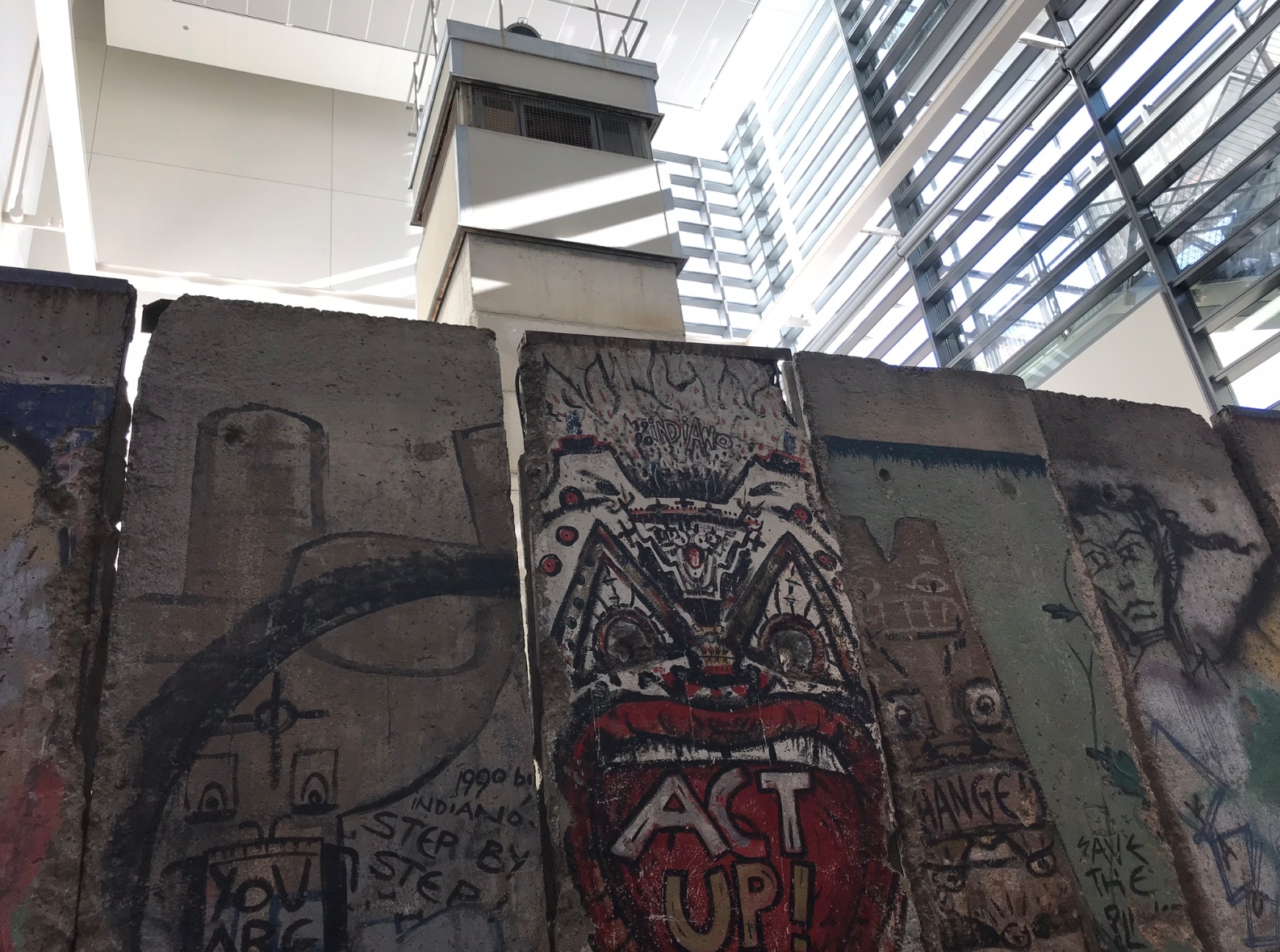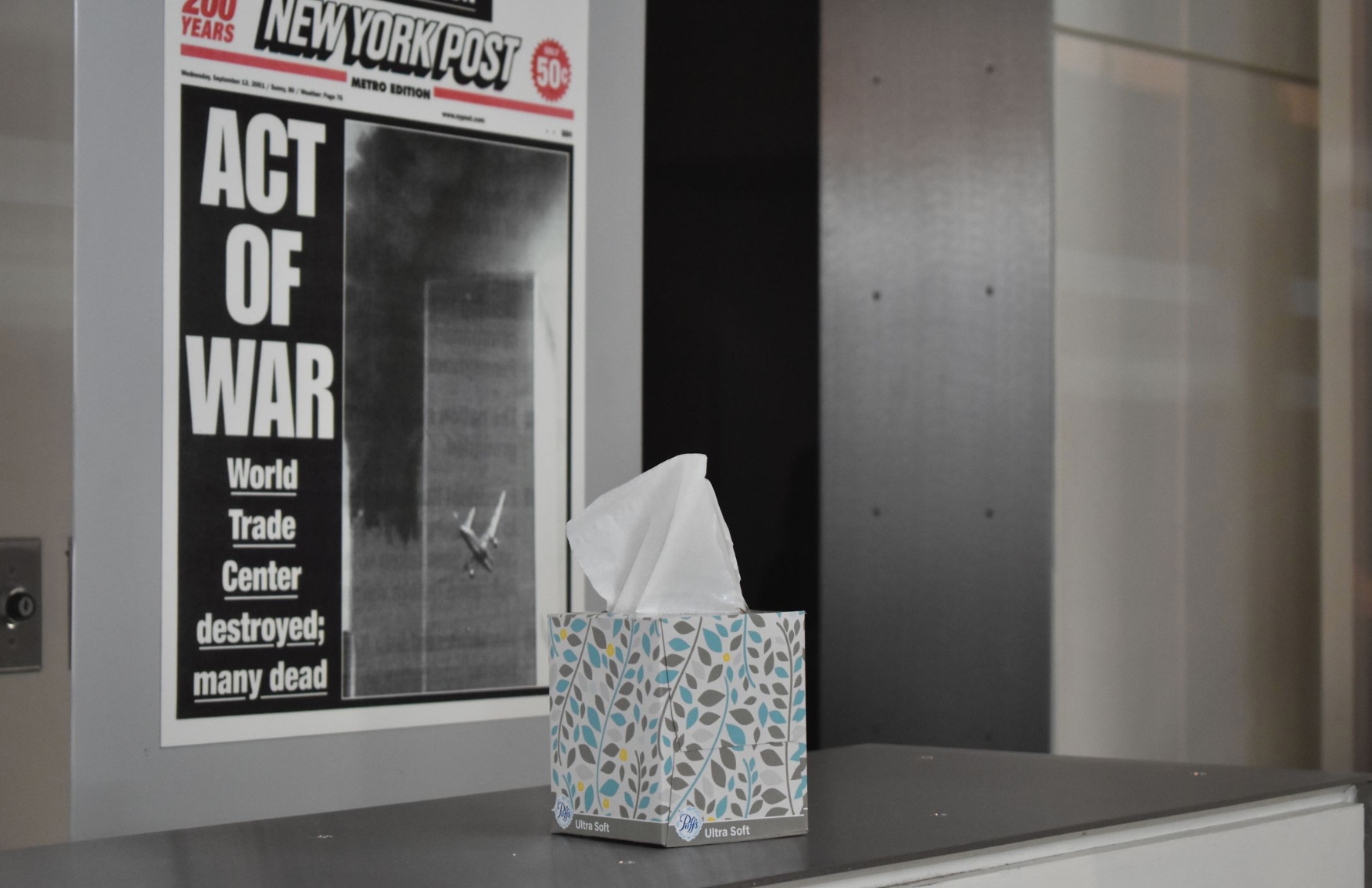Growing up, I was a nerd for the news. I read the paper on the school bus and in the cafeteria, devouring interviews and cable news whenever I had the chance — all in pursuit of context. I wanted to know what was happening in the world and, the best I could, why.
And yet, for whatever reason, even after becoming a writer, my past trips to the Washington, DC area never resulted in a visit to the home of countless journalistic treasures: The Newseum. Not until November 2019 — a little more than a month before the venue’s doors closed for good, owing to financial difficulties — did I set foot inside this hallowed temple. Now, iconic items like Thomas Paine’s quill pen and Jon Stewart’s Daily Show desk are heading to storage and countless news nerds and Bill-Of-Rights-ophiles are left without a space where they can be reminded of the need for and power of the free press. The loss feels extra significant in this era of fake news.
The Newseum has closed before. Initially launched in 1997 in Arlington, Virginia, the second iteration opened on Pennsylvania Avenue in 2008 — with a six-story marble display of the first amendment on its facade and more than 600,000 square foot footprint (on exceptionally expensive real estate). The immensity and cost (The Newseum charged admission while other museums in DC do not) has long inspired criticism as people looked for reasons why the museum long struggled to self-sustain. Yet, even as the doors close, there is hope that The Newseum will rise again in the 2020s… though there is no publicly known plan for where, exactly. According to the Newseum website, it sounds more likely that the collection will travel, with classroom and digital exhibitions planned. At least for now.

Certain elements from The Newseum can, of course, be just as impactful on a screen as they are in person. The gallery of newspaper frontpages charting our societal evolution over the last half-millennia, the map indicating press freedom across the world (and the places where it’s non-existent), and the list of journalists who have died while reporting all come to mind.
The power of the Pulitzer Prize photo gallery specifically translates to a digital space where award-winning work depicting triumphs, tragedies, and unforgettable horrors can be widely seen; speaking to the courage and instinct of world-class photographers. But there is no substitute for seeing a bullet-riddled relief truck in person to remind you of the horrors of war and important work done by combat reporters. And the impact of standing in front of a section of the Berlin Wall, with rebellious street art on one side in the shadow of a guard tower where gunmen once stood can’t be overstated — two key experiences at The Newseum that truly captivated me.
No digital exhibit could move me like the sight of a massive TV antenna from atop the North Tower after September 11th, photographer Bill Biggart’s crushed camera, or the gallery of frontpage headlines from the day after that tragedy. To be in the presence of those artifacts and see that expansive wall of visual reminders to the destruction of that day is so universally moving that someone (I assume a random Newseum employee) had placed a box of tissues off to the side for people to use when it all became too much.

Whatever comes next, I have a hard time imagining things will be the same or get relocated in as perfectly poetic a location. Perched near the National Mall with Congress in view and The White House down the street, it’s easy to think about how The Newseum was positioned to exist as a promise. It would never stop presenting the immovable facts of our history, constitution, and the power of the free press no matter who occupied those two other buildings or what they tried to get away with. That is until the money ran out, apparently. An end that is symbolic of the state of journalism right now, I suppose.
The third version of The Newseum, wherever it stands and however it comes to be, will have a duty to dive more fully into the story of how competing communication tools threaten to make facts fungible while also creating new opportunities for new voices to be heard and for citizen journalists to thrive. It will have to continue to put forth evidence of the media’s occasional fallibility (because history is messy and mistakes can teach us all a great deal). But it will have to do all of that while also continuing to push back against “press is the enemy of the people” nonsense from those who confuse the role of the Fourth Estate.
Rebuilding and relaunching in any timely manner is, of course, going to be a massive challenge. Unless a billionaire steps in or the nation decides to fund it. Here’s hoping one of those things happens soon. Because curious minds and context seekers need resources like the Newseum now more than ever.

